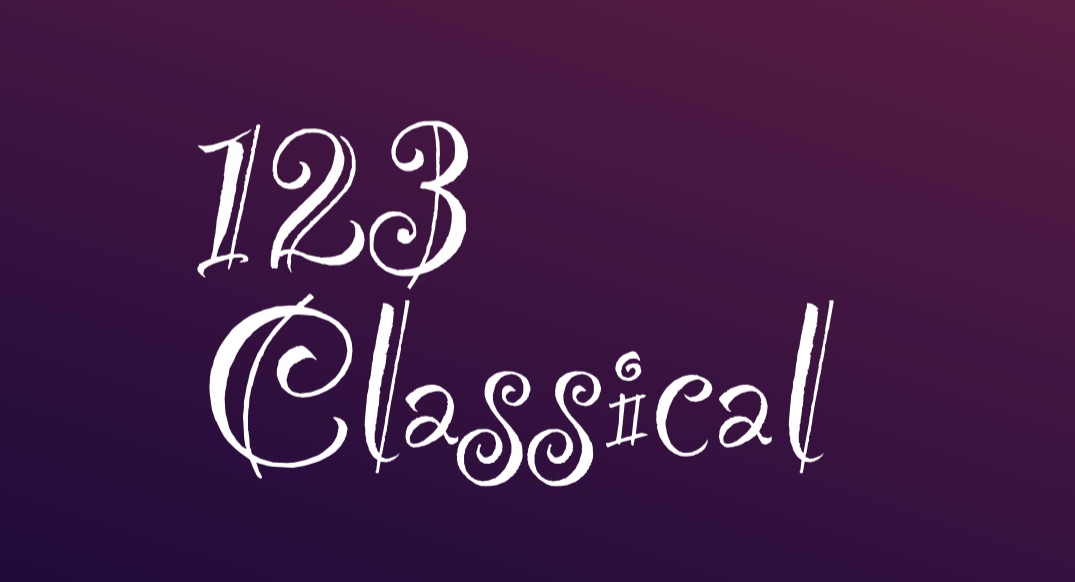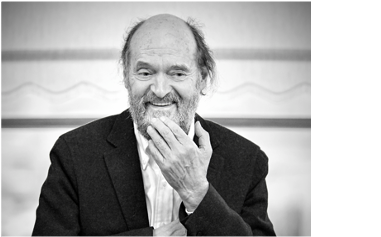


Estonian composer of classical and religious music whose works have been widely appreciated, being also one of the most important composers for film music in Estonia in the 1960s and 1970s. His most important works are "Spiegel im Spiegel", "Te Deum", "Tabula Rasa", and "Symphony 3".
Born in Paide, where he also spent his first years, he then moved to Rakvere, where he began to study piano at Rakvere Music School. In the early 60's, the reception of his music in the Soviet Union was ambiguous: on one hand, he was perceived as one of the most original and outstanding composers of his generation, whose works were also performed and acknowledged outside the USSR, but on the other, many of his works were heavily criticised.
Since the 1970's, Pärt has adopted the minimalistic style in his music and employs a self-invented compositional technique called "tititnnabuli" (from the latin "bell") that has defined his work until today and influenced a large part of the contemporary composers. This technique, which reminds of the sacred music of Eastern Orthodox church, creates a duality of voices (the course and its inner logic).
Pärt's style of music can also be described as music being reduced to the basic and most important, where the rhythm is simple and the melody is slowly progressing in the duality of voices, reflecting also his mentality which is the quest for the truth and beauty in life.
His style was described as “holy minimalism” by one reviewer and as "neo-Baroque" by others. By fusing the medieval with the modern, Pärt has established himself as one of the world's most famous and performed living classical composers today.